In a city of ravenous for art, in Tokyo lines for exhibitions are as long as those for the latest pop idol's concerts.
Tokyo's Haneda Airport resumes flights after fiery Japan Airlines crash
02.01.2024 - 18:17 / thepointsguy.com
Flights are again departing from Tokyo's Haneda Airport (HND) following a runway disaster that left at least five Japanese service members dead and two aircraft destroyed.
All 379 passengers and crew, including eight infants, aboard Japan Airlines Flight 516 — an Airbus A350-900 arriving from Sapporo in the northern part of Japan — survived after evacuating the aircraft following a collision on the airfield with a Japanese coast guard aircraft.
The airline said that 17 of the passengers were transported for medical assessment or treatment, according to Reuters.
The A350 burst into flames as it continued rolling down the runway at Haneda following the crash, which occurred at 5:47 p.m. Video from local media showed a fireball following the initial crash, as well as the plane fully engulfed by fire several minutes later following the evacuation.
The coast guard aircraft — a De Havilland Canada Dash 8, according to Airbus — was en route to Niigata, a city north of Tokyo on the coast of the Sea of Japan, as part of relief efforts following Monday's 7.5 magnitude earthquake. Five of the six crew members on board were killed, according to Japanese authorities; the condition of the sixth was not immediately clear.
Numerous flights to and from Haneda were delayed or canceled Tuesday evening, while some inbound flights were diverted to other airports. Flights had resumed by later Tuesday evening (Tuesday morning on the U.S. East Coast), while the runway where the crash occurred remained closed. Haneda has four runways.
The cause of the crash was not immediately apparent, although a Japanese official said that the A350 landed on the runway where the Dash 8 was preparing to take off, according to the Associated Press, which reported that officials were analyzing communications between air traffic control officials and the two aircraft.
Japan Airlines drew praise for safely evacuating all of the passengers and crew amid the severity of the incident. Video shows passengers leaving the plane on escape slides without having stopped to retrieve luggage — a frequent bane of airlines during emergencies.
"The cabin crew must have done an excellent job. There don't seem to be any carry-ons," Paul Hayes, the director of air safety at Ascend by Cirium, an aviation consultancy based in the U.K., told Reuters. "It was a miracle that all the passengers got off."
Haneda is one of two airports serving Tokyo, and it's closer to the city than Narita International Airport (NRT).
It appeared to be the first major accident and loss of an Airbus A350 since the aircraft first entered service in 2015. More than 570 of the aircraft type had been delivered to customers and placed in operation by the end of November, according to Airbus.

Japan's Official 2024 Cherry Blossom Forecast Has Arrived — Here's When You Can Expect to See Blooms
The U.S. may be in the middle of a bitter cold spell, but Japan is looking straight ahead to spring with their predictions of when its famed cherry blossoms are returning.
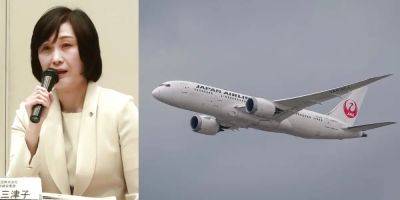
She started as a flight attendant at age 20. Now, she's just been named Japan Airlines' first female president.
The new president of Japan Airlines is the first woman to helm the top job at the company, the airline announced in a statement on Wednesday.
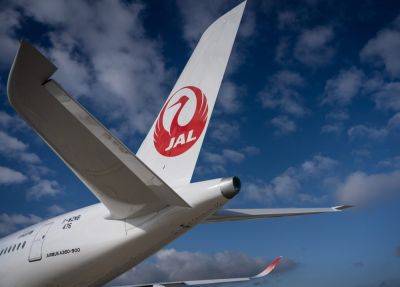
Japan Airlines Names Former Flight Attendant as First Female President
Mitsuko Tottori started her career at Japan Airlines in 1985 welcoming passengers aboard. Now she’s being welcomed as the incoming president of JAL.

2024 cherry blossom forecast announced for Japan
If you are heading to Japan this spring in hopes of seeing the Somei Yoshino (Yoshino cherry) trees, the Japan Meteorological Corporation released its peak bloom prediction dates for more than 1,000 cities throughout the country.
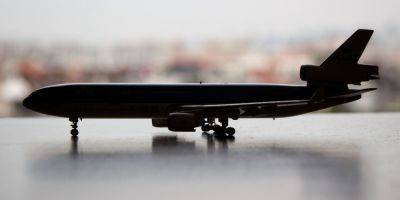
After a Rocky Start to the Year, Experts Predict What’s Next for Air Travel in 2024
In 2024, more of us, apparently, are resolving to take more trips by air. Or at least that was how it was looking before two back-to-back in-flight incidents kicked off the start of the year: the Japan Airlines airplane that burst into flames after a runway collision, and the Alaska Airlines plug door blowing out that led to the global grounding of Boeing 737-9 Max planes.
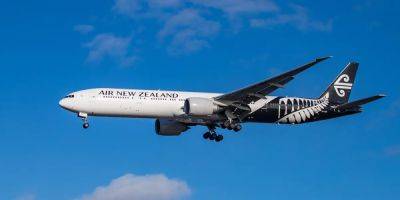
These are the safest airlines in the world, according to one ranking
Airline safety is at the forefront of many people's minds after a fiery Japan Airlines collision with a Japanese Coast Guard plane in Tokyo.
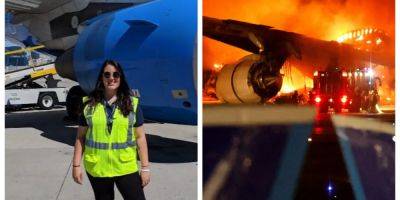
I worked in aviation safety before becoming a reporter. See why I think Japan Airlines' excellent safety video helped save 379 lives.
The preflight safety video that thoroughly explained how to evacuate the Japan Airlines Airbus A350 that collided with another plane may be part of the reason all 379 people on board the jetliner survived a firey crash.

It turns out Tokyo Disneyland actors stay in character even during tense earthquake warnings
Japan's had a rough start to the year, with a fiery plane collision at the Tokyo airport on Tuesday and a slew of tsunami-risk earthquakes slamming the archipelago's west the day before.

Japan Airlines Forecasts Small Profit Hit After Tokyo Crash
Japan Airlines expects minimal financial fallout from the the crash of one of its Airbus A350 jetliners at Tokyo’s Haneda Airport on Tuesday. Insurance will cover the cost of the plane while the temporary closure of Haneda’s longest runway is forecast to take a small bite out of the airline’s profits.

Tokyo crash raises questions about realism of plane evacuation testing standards
The crash between a Japan Airlines passenger jet and a Japanese coast guard plane in Tokyo this week is resurfacing questions about standards used to evaluate whether aircraft can be safely evacuated during emergencies.
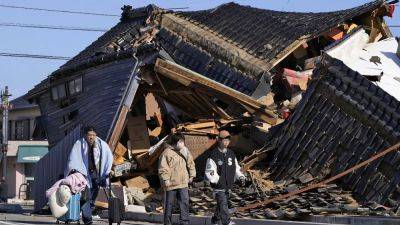
Japan earthquake: Passenger plane crashes in flames in Tokyo after colliding with aid aircraft
Japan was struck by a series of powerful earthquakes on Monday that have left at least 48 people dead. Thousands of buildings have been damaged by fires and landslides.
